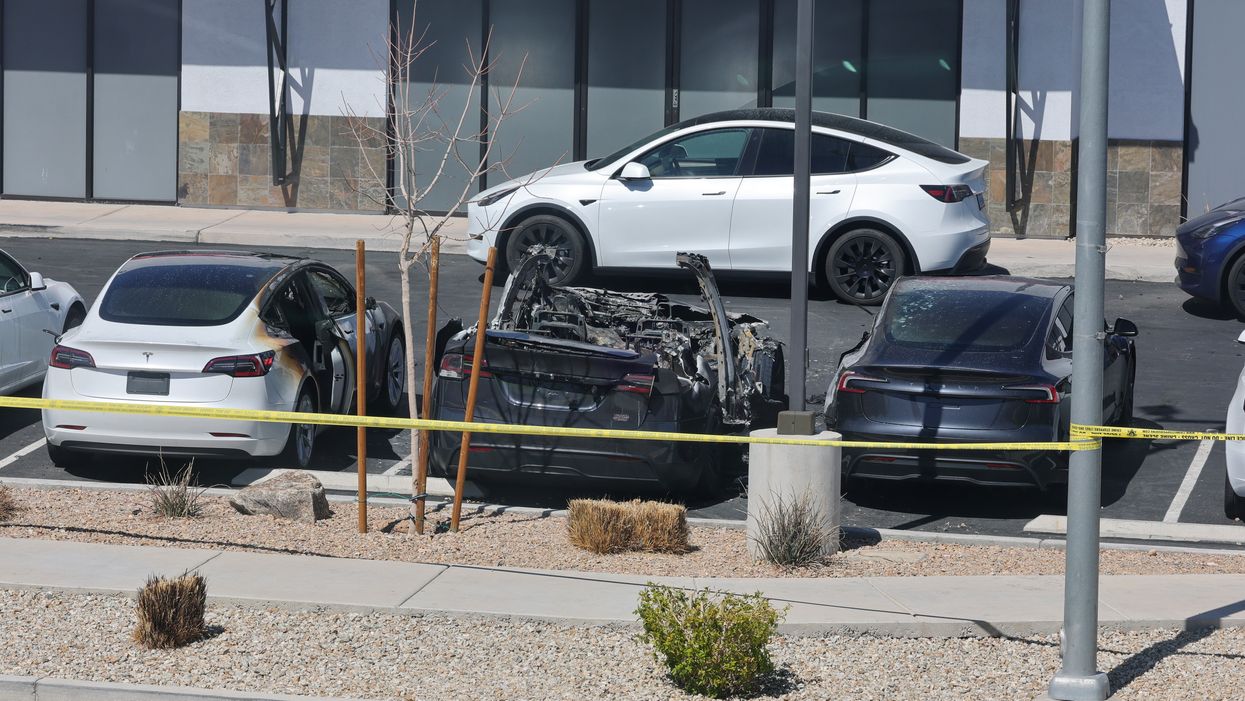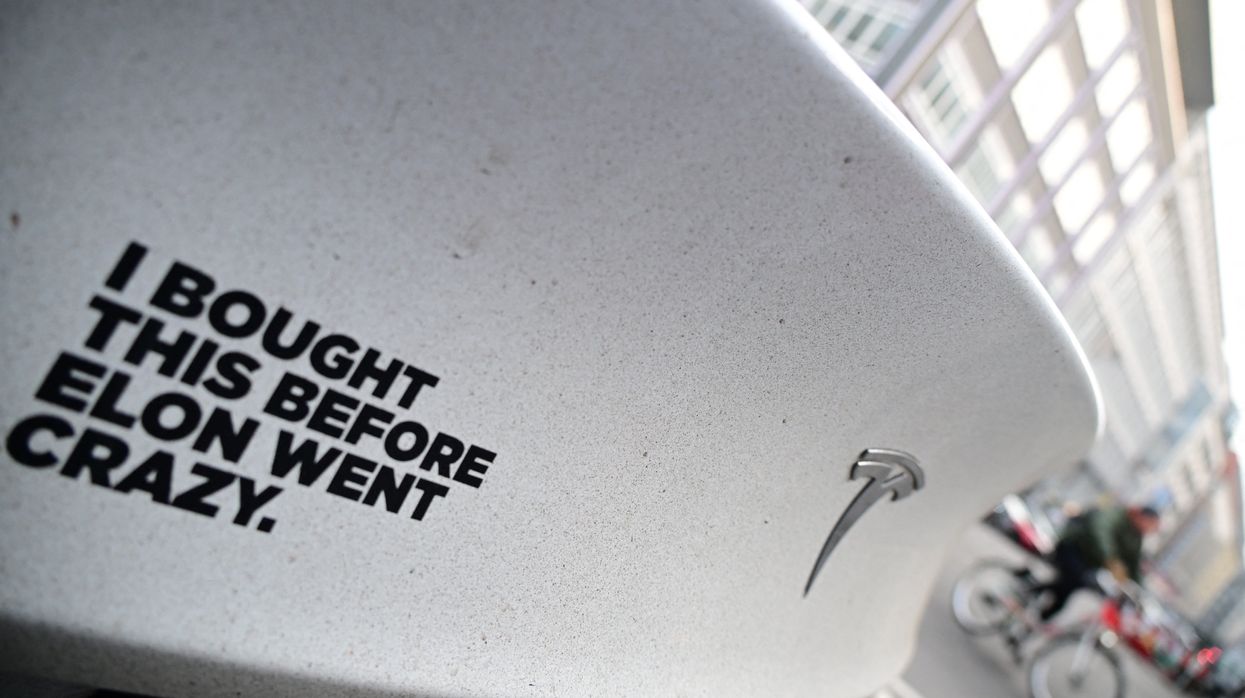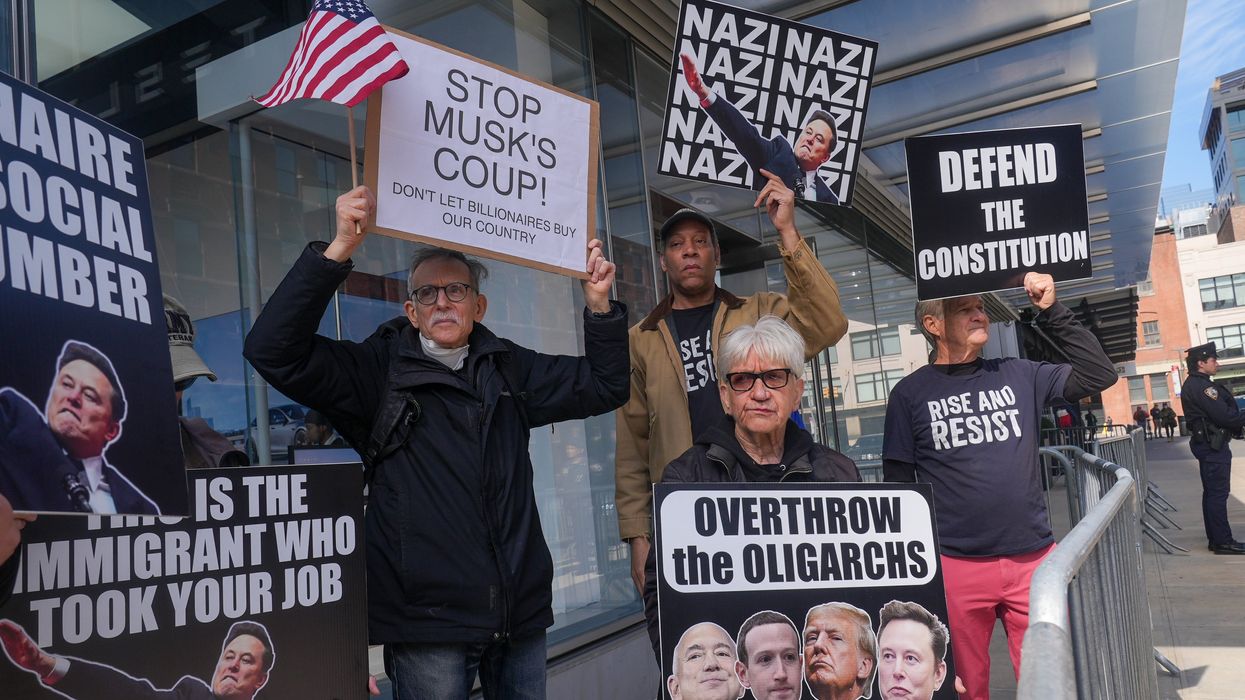Glenn interviewed a fascinating author this week who has come up with a way of doing business that turns conventional wisdom squarely on its head. This decidedly unconventional approach will seem completely ludicrous, but it’s so effective Glenn bought every member on staff a copy to read.
Glenn: Okay, we were just talking in the break as I’m watching some of the staff. I just told Bob that I can’t tell you the number of people that wrote to me after I gave it to everybody on the staff and just said thank you. And it wasn’t about giving them the book. It was about, “Thank you. This is the direction we’re going.” I think people really want, in all walks of life, this is who they want to be, but society or whatever, cronyism, has convinced them you can’t be that way and be successful. So go through the five laws.
Bob: Okay, first, thank you for the great complement. I think a lot of times people see on TV, and they see in the movies, you know, the greedy, moneygrubbing capitalist. Nobody wants to be like that, so if that’s what capitalism is, I don’t want… right?
Glenn: Right.
Bob: And so we look at five laws. The basic premise is that shifting your focus, and this is the real key, shifting your focus from getting to giving, and when we say giving in this context, we simply mean constantly and consistently providing value to others. We look at five laws. The first one is the law of value. This one says your true worth is determined by how much more you give in value than you take in payment.
Now, this sounds a little counterproductive at first. How do you give more in value than you take in payment and survive, never mind thrive in business? You’ve got to make a profit, right? And that’s fine. We just need to understand the difference between price and value. Price is a dollar figure. It’s a dollar amount. It’s finite. It is what it is. Value, on the other hand, is the relative worth or desirability of something to the end-user or beholder. In other words, what is it about this thing, this product, service, concept, opportunity, idea, that brings with it so much worth that someone will willingly, again, free market, willingly exchange their money for this and feel great that they did while you make a healthy profit?
In the book, we talk about Ernesto, the restauranteur, who provides a great dining experience. You go in that restaurant, and not only is the food fantastic, but you feel like a million bucks. They treat you so well, and the atmosphere, and you come out of it, you feel you got more in value than what you paid, but of course his costs for the food and the staff, overhead, is less than what he’s charging, so everybody makes a profit, because the buyer also makes a profit because they come away ahead. But the key is the focus, you can’t be focused on the money. You must be focused on bringing value, because that’s what turns into money.
Glenn: You know, I read this, and I know you’re libertarian. Are you a big Ayn Rand fan?
Bob: I am a big fan of her works without necessarily agreeing with every—
Glenn: Got it. I had a feeling you and I are the same. She’s great, but where she goes wrong for me is she just doesn’t understand the connection to the heart. It’s all very internal. It’s all me, me, me, me, me, so it becomes very selfish. You’re saying the same thing that she is saying about…she’s unashamed of being a capitalist, because she’s saying there is value here. I am creating something that no one else can create. I’m creating it. They want it, so it’s a fair exchange.
Bob: It’s what her heroes did—
Glenn: Correct, but you’ve…I don’t know, I don’t want to use cloaked it, because that’s not the right word, but you’ve wrapped around this service, and to me, that is the big difference between this and Ayn Rand, and it’s very subtle, I think, if you take the bone structure down. It is your intent. Her intent is I want to be me. This intent is I want to be me, but I want to serve the people with what I have. I’m going to go find the people that need what I have, and we’re going to exchange, and it’s going to be great. It’s less of, “That’s who I am, and I’m Howard Roark, and I’m going to design this building. If you don’t like, it screw you.” It’s, “This is great, isn’t it?” And so it’s an exchange.
Bob: Thank you. I appreciate that. So, that’s really what the law of value is all about. It’s focusing on bringing value. This is why we say that money is an echo of value. It’s the thunder to value’s lightning, which simply means the value, the focus on the value must come first. The value, you’re providing. The money is simply a very direct and natural result of the value you’ve provided. That’s the foundational principle.
The second law is the law of compensation. This one is much simpler. This simply says your income is determined by how many people you serve as well as how well you serve them. So, where law number one says give more in value than you take in payment, law number two tells us the more people whose lives you add this kind of exceptional value to, the more money with which you’ll be rewarded.
Glenn: Here’s why I love this, because you can explain to everybody who says, “Oh, you know, it’s not right that, you know, so-and-so is making all that money.” Really? Look at your average football player. How many people is he affecting? You might be doing something that is more important, but you, you’re not affecting that many people. You know what I mean? That value of that game on Sunday, millions are watching, and so they are attaching just a little bit of value, just a few pennies, all of those people, where you might be doing something really important that yes, it is worth more than a stupid football game, but it’s not, because you’re not affecting millions of people. And so that whole class warfare of well, what you do, you’re making all this money, that all just disappears with this.
Bob: Well, thank you. That’s why we had Nicole Martin, the CEO, who was the schoolteacher who was very frustrated with the fact that, you know, she loved the students, they loved her, the parents loved her, but she could only reach so many people. Plus the government school bureaucracy kind of wasn’t really…so she went out on her own, and she was entrepreneurial, and she found a way to expand her value, to leverage that, and she was able to touch the lives of a whole lot more people and make a lot more money as a result.
Glenn: It’s scalability.
Bob: Exactly. Now, law number three is the law of influence, and the law of influence says your influence is determined by how abundantly you place other people’s interests first. Again, counterintuitive at best, Pollyanna-ish at worst, right? And yet, the top leaders, the great influencers, the most successfully profitable sales people, this is how they conduct their businesses. This is how they run their lives. They’re always looking for ways, as Sam told the protégé, Joe, in the book, to make their win about the other person’s win, but it’s very important to qualify this by saying when we say place other people’s interests first, we don’t mean you should be anybody’s doormat, that you should be a martyr, that you should be self-sacrificial in any way. It should always be congruent with both sides coming out ahead.
[break]
Glenn: Okay, so let’s go back to where we were. Give me an example.
Bob: Okay, this example of placing the other person’s interests first happens every single day just in the sales process. A professional salesperson understands, and Glenn, I often will start out when I speak at sales conventions with this. I’ll say nobody is going to buy from you because you have a quota to meet. They’re not going to buy from you because you need the sale. They’re not going to buy from you because you think it’s a great product. They’re going to buy from you because they see value in doing it.
They see it’s of much greater advantage to them to have your product or service than to not have it, so as a professional salesperson, what you’ve got to do is you’ve got to focus on them. You’ve got to ask them the questions that help identify their need, their want, their desire, and to the degree you do that, you’re going to be successful.
Glenn: Can I tell you, one of the things that we have always done, and at first it drove the salespeople, the professional salespeople, crazy. They were like…the first time I did it before I owned everything, and I was kind of working for another company, I’d come in with the salespeople for a sales call, and I’d be right there. It was a big, you know, a big sale, and I’d say, “I don’t think this is right for you. I don’t think I can do the job for you, because I don’t think my audience will connect with what you’re selling.” And you’d see the salespeople just went white. They were like, “He’s drunk. You should sign.”
And we turned down a lot of business, and what we found is it’s really amazing. (A) You keep your clients because it works, but (B) and I wish I was doing it for unscrupulous reasons, kind of, because we would’ve made more money, because those people always come back, and they want it more. And you’re like, “No, I’m not negotiating with you. I’m just telling you it won’t work.” “No, it’s gotta work. It’s gotta work.” They’re selling you all of a sudden. It’s crazy.
Bob: Glenn, here’s what it comes down to, and in the story, Sam told this to Joe. He called it the golden rule of business, of sales, if you will, but it’s of anything. It’s leadership, influence, and that is all things being equal, people will do business with and refer business to those people they know, like, and trust. There’s no faster, more powerful, more genuinely effective way of eliciting those feelings toward you than by placing their interest first, just like you did.
Glenn: The secret, I think, is not to just hire a bunch of people that people like, because there are people who, you know, you walk in, they might be really smart, but you just don’t like them. They have to actually connect with you. I mean, they have to be doing the right thing for you. That’s where the trust comes in.
Bob: Yeah, absolutely. Stephen M.R. Covey, the son of Dr. Stephen Covey of 7 Habits of Highly Effective People, Stephen M.R. Covey wrote a book called The Speed of Trust, where he quantified…he also wrote a book called Smart Trust. They’re both wonderful books, and he really quantified trust. He showed that when there’s high trust, things happen quicker. Things happen faster. People understand what you mean. They trust you. But when there’s no trust, low trust, lack of trust, that’s when bureaucracy, that’s where things…right?
Glenn: Right.
Bob: And so that trust is just so important.
Glenn: Okay, so the next habit.
Bob: The next one is law of authenticity, and this one simply says the most valuable gift you have to offer is yourself. In the story, Deborah Davenport shared a lesson she learned early in her career that all the skills in the world, the sales skills, technical skills, people skills, as important as they are, and they are important, they’re also all for not if you don’t come at it from your true, authentic core.
Now, when you do, when you show up as yourself, day after day, week after week, month after month, people feel good about you. They feel comfortable. They know you. They like you. They trust you. But when someone shows up as they do as a…I think the Latin term is Phonus Bolognus or something…right? You know, people don’t feel comfortable with them.
And you say well, why don’t they show up as themselves? Are they, you know, crooked or trying to…? No, I think usually it’s because they don’t have the confidence in themselves to know that they have something of value to offer, and it’s hard to show up authentically when you don’t feel you have anything worthwhile to offer.
Glenn: This one is going to be really important in the future, because you’re going to be stripped down to your authentic self because everything is going to be taken from you. There’s no privacy. There’s no privacy, so the only way you can get…the only way I got to my authentic self was being down on the ground as an alcoholic and realizing I’ve got nothing left. There’s nowhere to go, and so that’s when you find out who you really, truly are.
That’s going to happen to all of us. In some way or another, you’re going to be stripped down naked to the essence of who you are. The faster you strip it down, the faster you gladly say, “Yep, I’ve got it all out, it doesn’t matter, I want to go there because I want to find who I really, truly am,” the more you’ll be a leader in what’s to come. Okay, next.
Bob: The law of receptivity, and this one kind of ties it together. The law of receptivity says the key to effective giving is to stay open to receiving. Late in the story, Pindar, the main mentor, tells Joe, the protégé, to breathe out and hold that breath to the count of 30. Joe tries, but in about ten seconds or so, he’s gasping for air, and Pindar says, “What’s the matter, Joe, can’t do it?” Joe says, “No, I can’t just breathe out. I’ve got to breathe in as well.” And Pindar says, “But, Joe,” and he says this jokingly, “what if I was to tell you it’s actually healthier to breathe, it’s been medically proven that it’s healthier to breathe out than it is to breathe in?” And Joe said, “That’s silly. You can’t do one or the other. You’ve got to do both.”
Absolutely, we breathe out, we breathe in. We breathe out carbon dioxide. We breathe in oxygen. We breathe out, which is giving. We breathe in, which is receiving. Society, with its very lack messages, and we see this everywhere, we see it on TV, we see it in movies. They pit the rich against the…so we tend to believe it’s one or the other, you know? You’re either a giver or a receiver. No, you’re both.
Glenn : Okay, the name of the book is The Go-Giver, can’t recommend it highly enough, available everywhere. It’s been on the number one New York Times list for years now. Get it, The Go-Giver, and be a part of the change to come.











